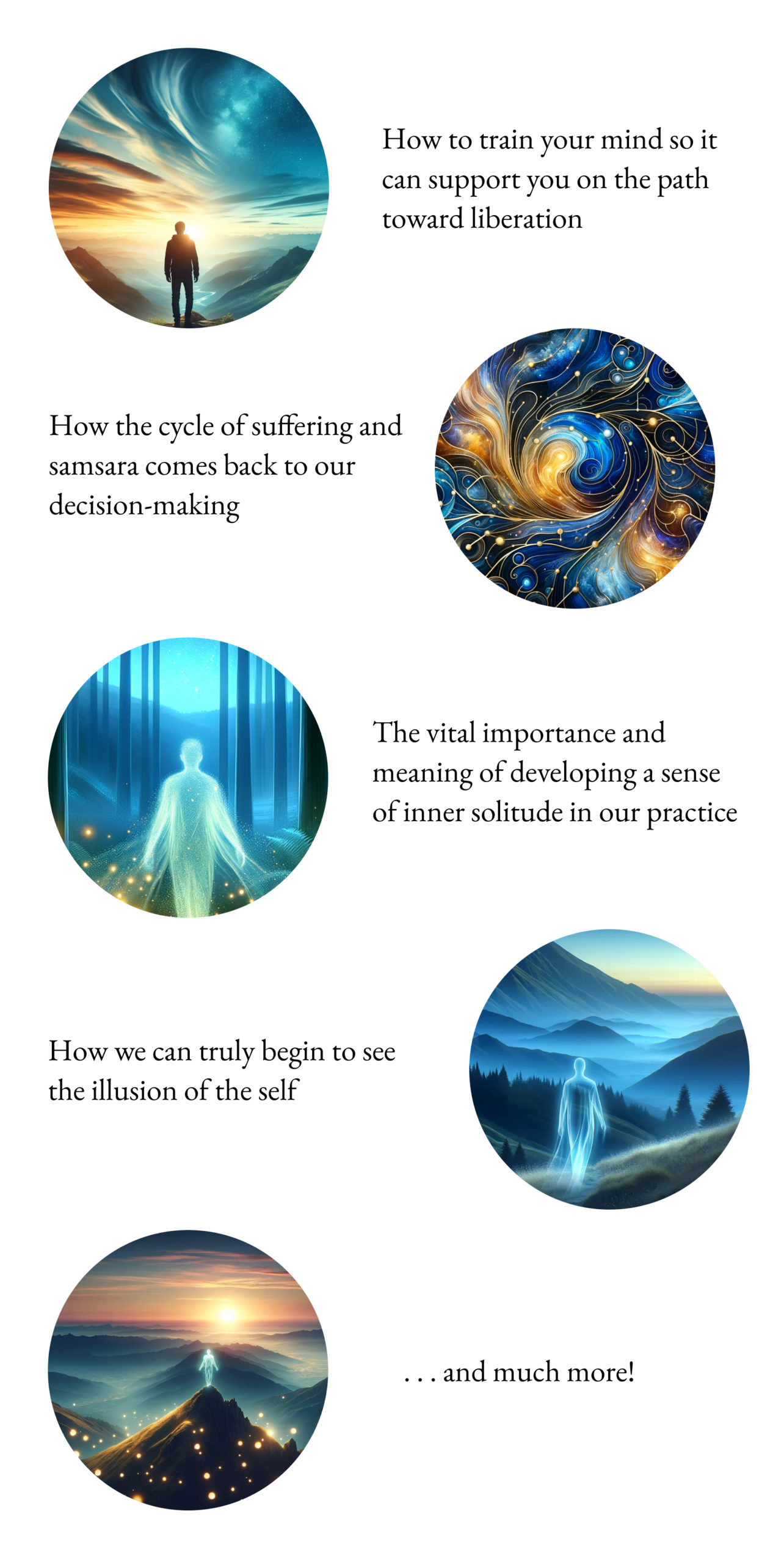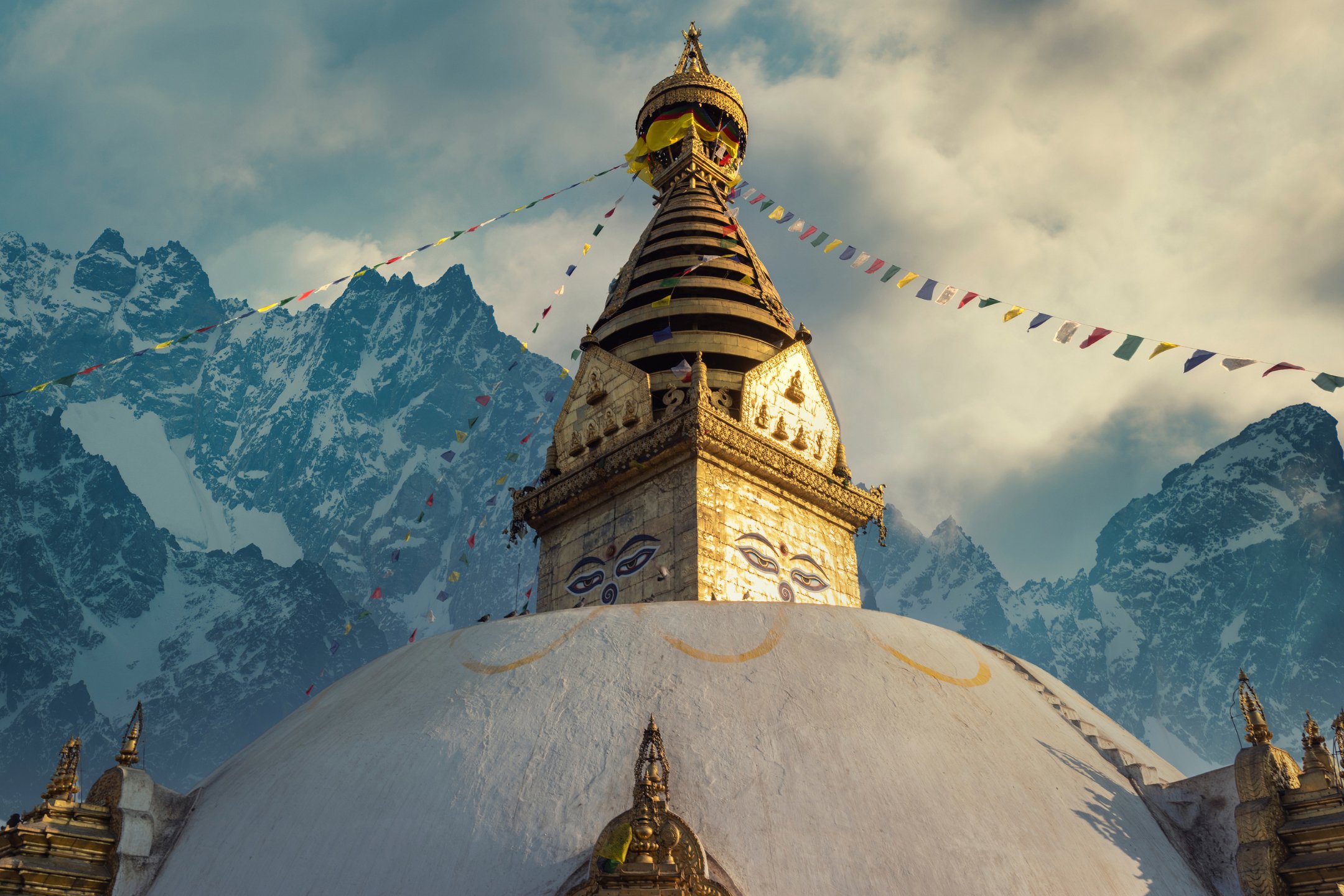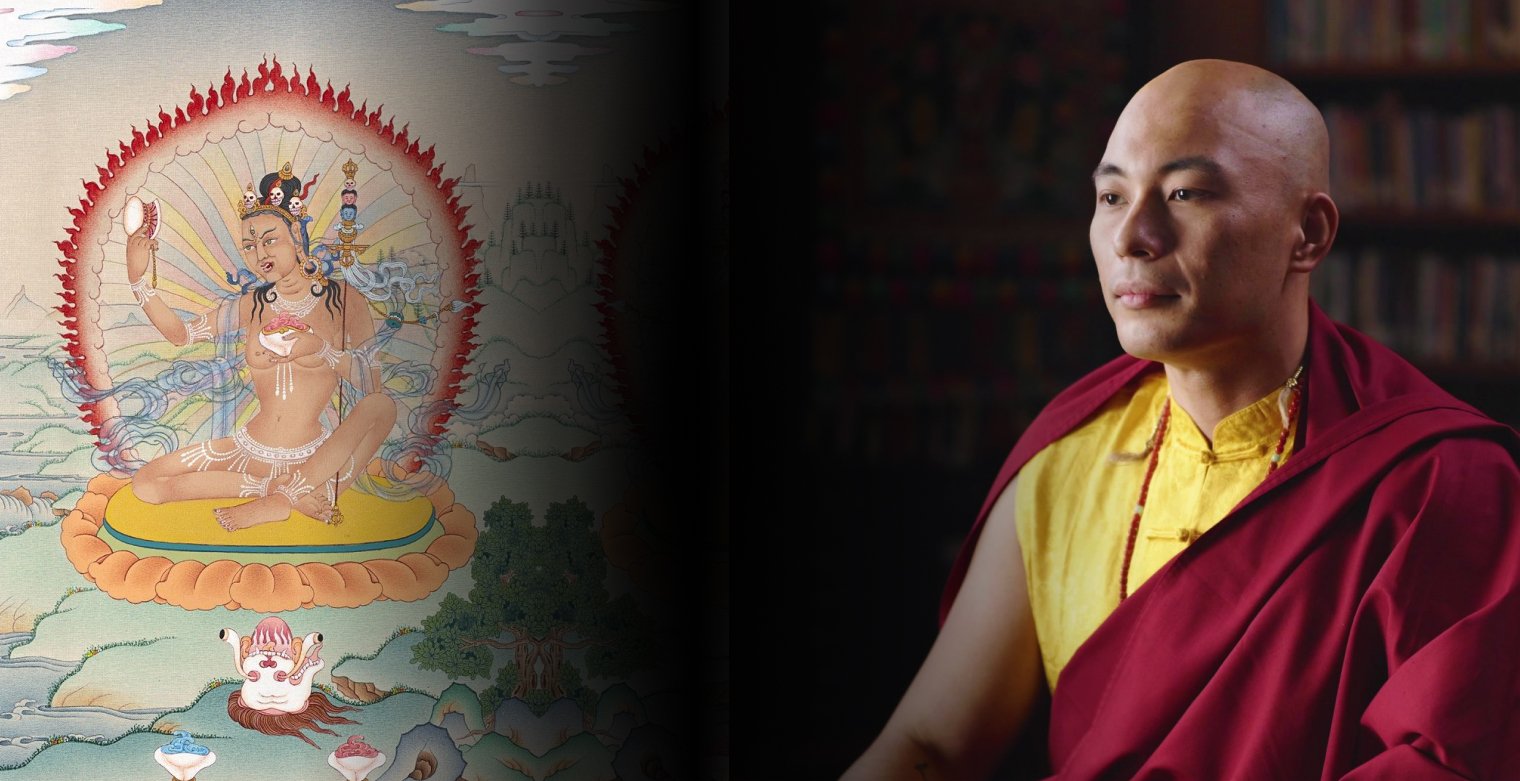
THE WISDOM ACADEMY PRESENTS
The Illusory Body and Mind
An online course with H. E. Kalu Rinpoche
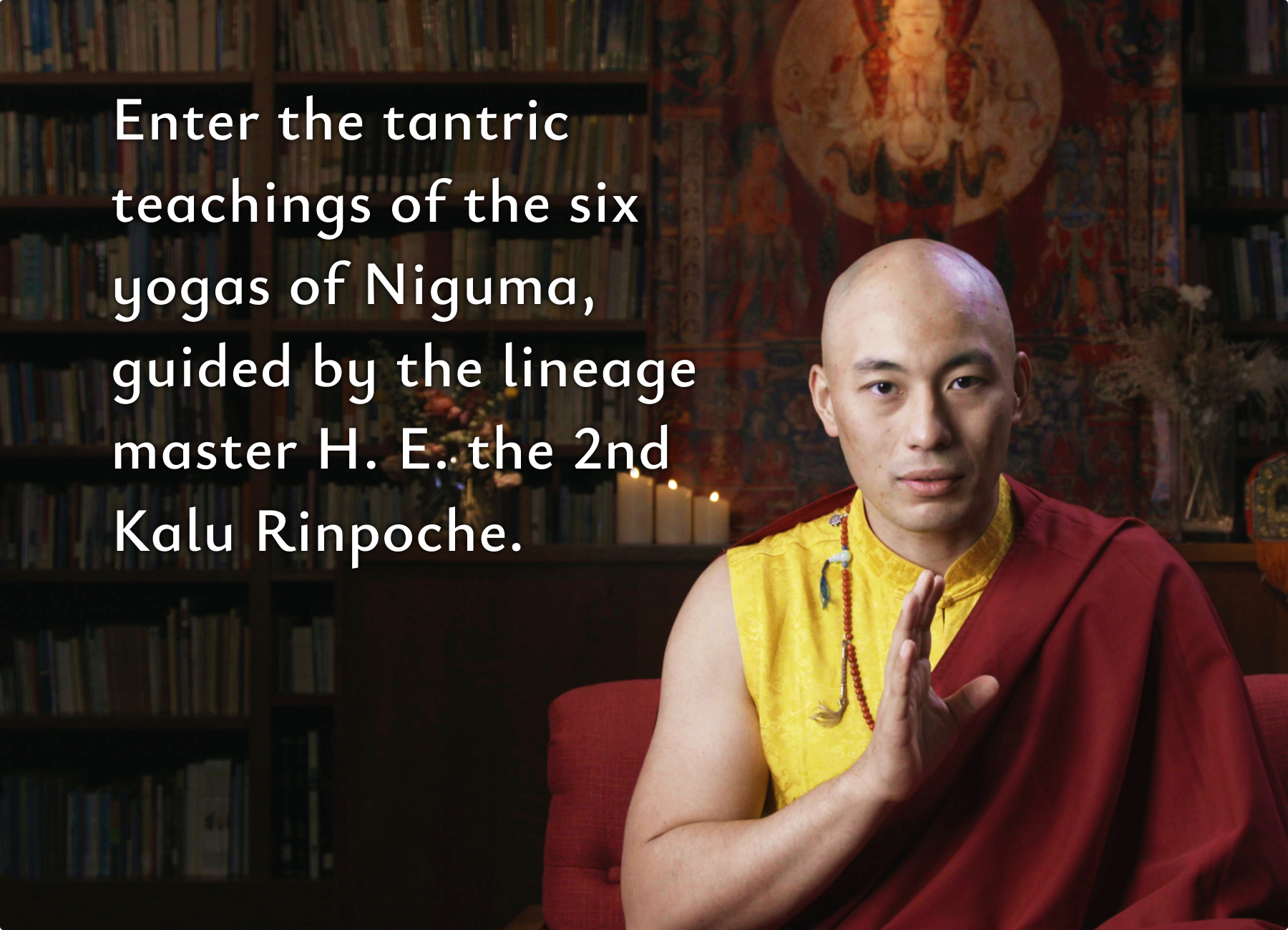
H. E. Kalu Rinpoche possesses a remarkable ability to convey the true power and possibility of the Dharma.
In this online course, he delves deep into Vajrayana practice as he shares the teachings of numerous pioneers of the Shangpa school of Tibetan Buddhism, including Niguma, Sukhasiddhi, Tangtong Gyalpo, Taranatha, and Jamgon Kongtrul Lodro Thaye.
You’ll be guided through an introduction to two key completion stage practices from among Niguma’s six yogas—the illusory body and mind and bardo (intermediate state) practices.
Tuition: $297 USD
This course is in self-study mode, so you can take it at your own pace. After enrolling, check your email for a welcome email with instructions on how to take the course. When you enroll in any Wisdom Academy course, you agree to our terms of use. Enrolled students have lifetime access to course materials. Wisdom is a 501(c)(3) nonprofit. Your tuition supports the creation of more courses like this one. Thank you! For more about our terms, please see the Wisdom Academy FAQ.
H. E. Kalu Rinpoche masterfully brings together his deep knowledge of Dharma and his clear, compassionate understanding of modern life and the challenges on the path to liberation.
The course explores:
• bardo practice
• deity yoga
• the nature of mind
• practicing with the challenges of everyday life
• the illusory body and mind meditation
• and much more.
This is a truly rare opportunity and we hope you’ll join us!
Tuition: $297 USD
This course is in self-study mode, so you can take it at your own pace. After enrolling, check your email for a welcome email with instructions on how to take the course. When you enroll in any Wisdom Academy course, you agree to our terms of use. Enrolled students have lifetime access to course materials. Wisdom is a 501(c)(3) nonprofit. Your tuition supports the creation of more courses like this one. Thank you! For more about our terms, please see the Wisdom Academy FAQ.
“[Rinpoche,] your simplicity, clarity, and depth of explanation has helped me immensely in my personal practice. I will revisit these lessons again and again and very much look forward to your next course. This course has provided a new beginning and aspiration in my ongoing practice.”
—Kathy Bond, student in The Illusory Body and Mind

Benefits of Taking This Course
Learn how to cultivate a powerful, reliable inner aspiration and motivation that will be a vital support for awakening.
Explore the Vajrayana path with teachings that will help you to become more courageous, resilient, tolerant, compassionate, gentle, and joyful.
Develop a clear, deep understanding of how you can see samsaric fixation clearly. This is necessary for then being able to see reality accurately.
See clearly the obstacles on the path to liberation—such as ego and being overwhelmed by suffering—and how exactly to train the mind to overcome these obstacles.
The course also includes teachings on nature of mind, bardo, and much more, as well as refuge and purification practices.
Receiving this gentle and powerful guidance along the Vajrayana path, we think you’ll find that your mind is inspired, your heart encouraged, and your practice newly invigorated.
Tuition: $297 USD
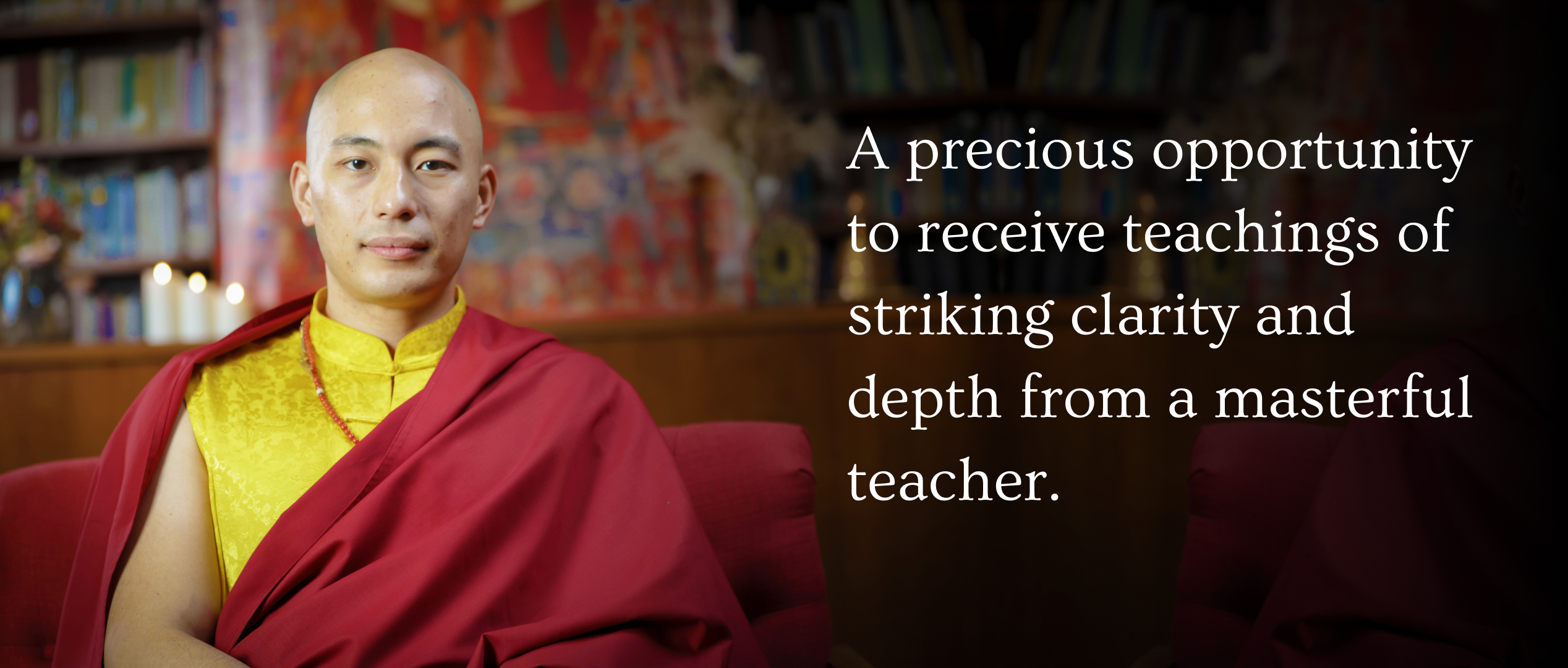
“What an amazing course. Such a privilege to hear Rinpoche share his intimate experiences. Inspired to dive deeper into these practices and very thankful for this opportunity.”
—Sarah Caldwell, student in The Illusory Body and Mind
As Rinpoche mentions in the course, in Tibetan a Buddhist practitioner is sometimes called a nangpa, or “one who looks inwardly.”
In this course, Rinpoche’s teachings reveal again and again what it means to truly embody this, drawing from his extensive and rigorous training and sharing insights from his own path.
Rinpoche lays out clearly for us how and why we stay in confusion and suffering. And he reveals how we can transform our lives and experience an entirely new version of reality.
This path involves a number of key practices and understandings, including
• overcoming fixation,
• tong-len,
• purifying negativity,
• the correct reliance on the teacher,
• and dwelling naturally in the mind’s clarity and purity.
Tuition: $297 USD
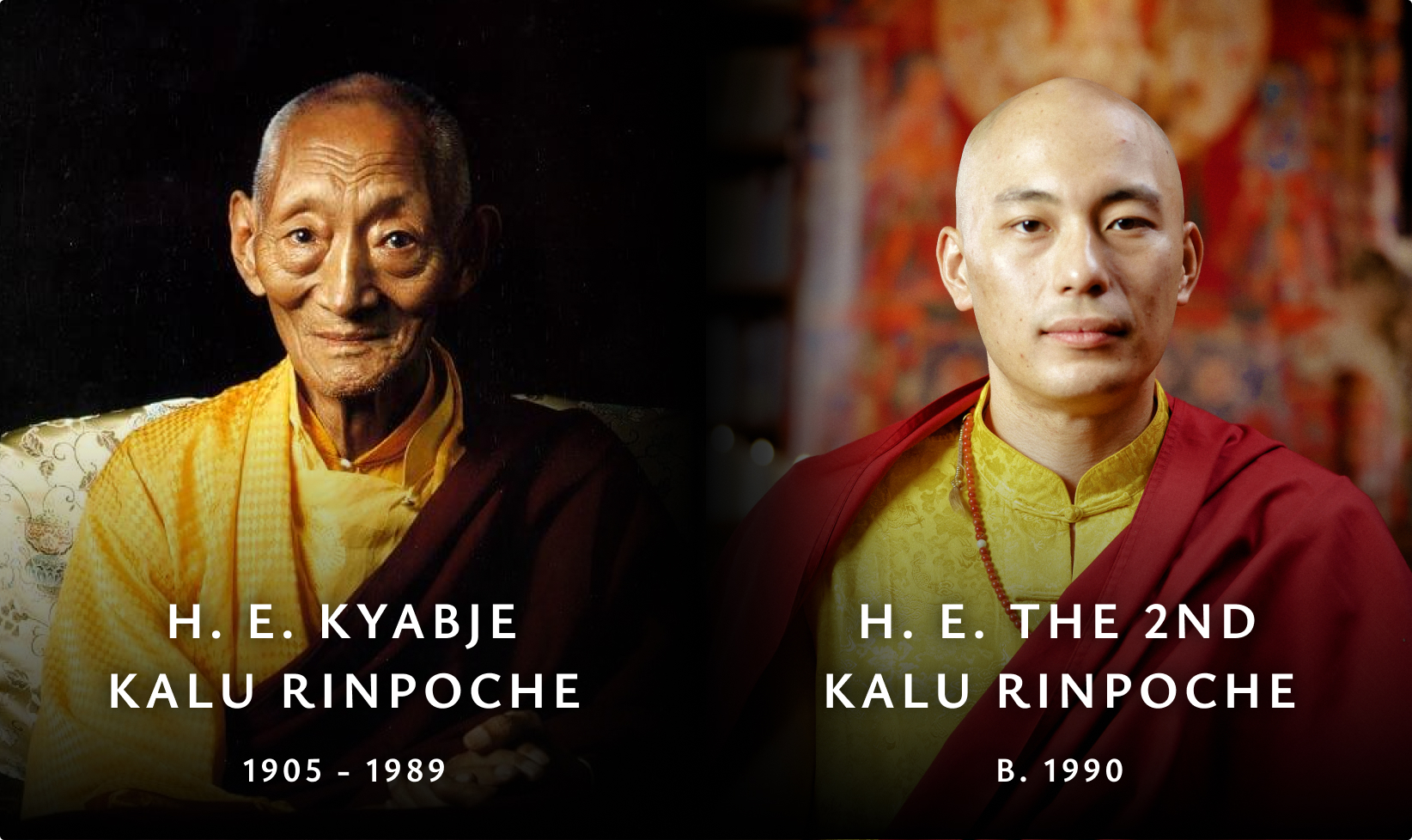
“It’s a great gift to hear teachings from such a great master. We enjoyed the expressive and warm explanations on how to practice with a correct mindset. The 6 yogas of Sister Niguma teachings contain precious meditative guidelines for us, which can be integrated well in our Dharma practice. Lesson 10 was so helpful in widening our practice of the final stage of the death process. We were deeply moved by your serene presence. To the Wisdom Publications Team: Thank you very much for your effort in publishing all the supportive materials for the teachings. The quiz was good corrective for our way of understanding. We are looking forward to further teachings.”
—Heidi & Klaus von Varendorff, students in The Illusory Body and Mind

Lesson 1: Overcoming Fixation: Introduction to Vajrayana Practice
Rinpoche begins the course by sharing his personal experiences of retreat and discussing how a Vajrayana practitioner should overcome samsaric fixation and awaken a subtler level of awareness through reliance on a range of daily practices. You’ll learn about how to engage in tong-len (giving-and-taking), deity yoga, and the preliminary practices in the context of purifying negativity and accumulating virtue.

Lesson 2: Proper Reliance on the Vajra Master
Rinpoche embarks on a wide-ranging exploration of faith in the context of Vajrayana practice, giving particular attention to the relationship with the vajra master. He explains how such a relationship can—in conjunction with continual awareness—ensure that the teachings leave a profound impact on your character. You’ll gain a more thorough understanding of the proper motivation, view, devotion, conduct, and approach with respect to one’s guru.

Lesson 3: The Path to Recognizing the Nature of Mind
Rinpoche outlines how to strive toward realizing the nature of mind, from the stage of renunciation of samsaric fixation to that of dwelling naturally in the mind’s clarity and purity. You’ll gain an understanding of the three-stage process of recognizing the nature of mind, maintaining that recognition, and completing one’s realization.

Lesson 4: Physical Postures, Mudras, and Subtle Channels
Rinpoche gives line-by-line commentary on three key meditation manuals attributed to Shangpa Kagyü lineage lamas Niguma, Rahulagupta, and Sukhasiddhi. You’ll learn how to adopt the proper meditation posture, visualize the merit field and subtle bodily channels, form correct hand mudras, and rest in the space-like nature of mind.

Lesson 5: Blending the Spiritual and Mundane: Song of a Mahāsiddha
Rinpoche reads through and provides thoughtful reflections on a “vajra song” of the famed mahāsiddha Rahulagupta. You’ll receive practical and impactful guidance on retreat and everyday practice as well as greater insight into meditating on the nature of mind.

Lesson 6: First Category of Preliminaries in the Illusory Body and Mind Practice
Rinpoche situates the six yogas of Niguma within the broader Five Jewels system, providing line-by-line commentary on the first category of preliminary practices (refuge, bodhicitta, and purification). You’ll learn about the deeper meaning of the four empowerments and the finer details of the visualization associated with this stage of the practice.
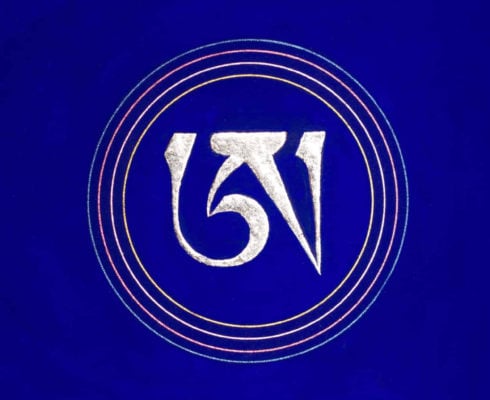
Lesson 7: Niguma’s Heart Advice: Second Category of Preliminaries
Rinpoche covers the second category of preliminaries—comprising the visualization, purification, and ascertainment of signs relating to the “empty AH” practice. He goes on to describe the initial stages of the actual illusory body and mind meditation. You’ll receive clear and essential advice on how to maintain the appropriate view and approach to the practice.
Ah image is by Tashi Mannox.

Lesson 8: The Actual Illusory Body and Mind Practice Session
Rinpoche follows a short text originating from Niguma on how to practically conduct an entire meditation session on the illusory body and mind, giving particular attention to key foundational topics such as gratitude, diligence, and karma. You’ll refine your understanding of the visualizations and how to pursue these meditations in the context of your daily practice.

Lesson 9: Eight Visualizations in Illusory Body and Mind Practice
Rinpoche focuses on root stanzas on the five jewels of Niguma that describe how practitioners of each of the three levels of faculties—higher, middling, and lesser—should pursue the preliminary practices and actual session of illusory body and mind training. You’ll learn how to faultlessly engage in the eight categories of visualization presented.

Lesson 10: Essential Instructions on the Bardo Practice
Rinpoche returns to Thangthong Gyalpo’s text, providing thorough instructions on how to engage in the bardo, or intermediate state, practice. He also shares personal experiences with retreat as well as his teacher entering the state of thuk-dam. You’ll discover the importance of dream yoga and learn how to prepare for one of three scenarios awaiting us in the bardo.

This course was beyond what I can adequately express in words. It’s shifted me to a much deeper place in my practice and created a resonance I’ve never experienced. Rinpoche's teaching is such a gift. I’m so grateful, not only for the class but for all the offerings that Wisdom Publications and Academy has. These teachings weren't so accessible years ago, and now to have access to such incredible translations, classes, and teachings…Wow!!!
Kim Bennett, studentUnlock Ancient Texts in This Course
Preview the Lessons

Your Course Includes
8+ hours of HD video teachings
Guided audio meditations
50+ pages of reading
Discussion forum
Lifetime access
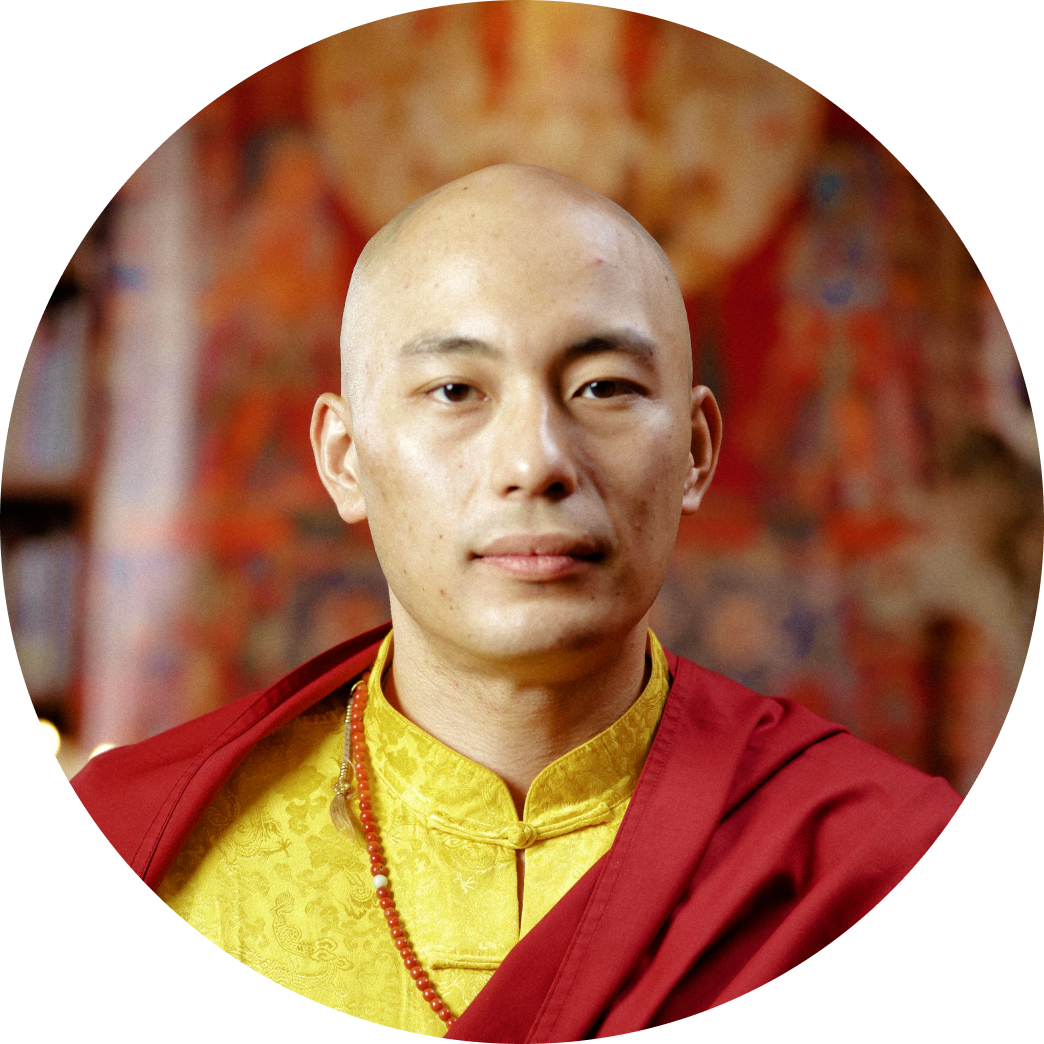
His Eminence the 2nd Kalu Rinpoche was born on September 17, 1990 in Darjeeling, India. His father, Lama Gyaltsen, was a nephew of the previous Kalu Rinpoche and had also been his secretary since his youth. The 2nd Kalu Rinpoche was recognized on March 25, 1992 by Tai Situ Rinpoche. His Holiness the Dalai Lama has officially confirmed the recognition.
On February 28, 1993, he was inducted into Samdrub Darjay Chöling (Sonada). His father passed away in 1999 and he asked to live in the monastery of Bokar Rinpoche in order to grow and study under his direction. In 2004, he began the traditional three-year retreat, which he completed in 2008. In 2009, he received from Tai Situ Rinpoche all the transmissions of the Shangpa Lineage. On this occasion, he undertook to confer 108 times the cycle of initiations of the lineage from which he is now holder.
In 2010, Kalu Rinpoche traveled to the West and took charge of the meditation centers created by the first Kalu Rinpoche around the world. In 2014, he returned to Palden Shangpa La Boulaye in France to teach and to resume the tradition of Monlam Shangpa initiated by his predecessor. He has done the same in the United States in 2019.
Each year, Kalu Rinpoche gives initiations and teachings around the world.
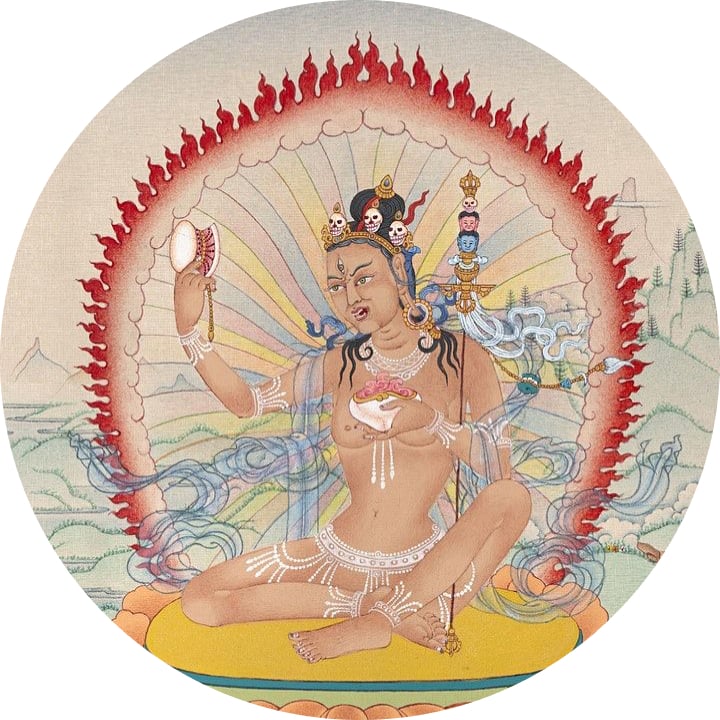
Excerpted from Timeless Rapture, by Ngawang Zangpo:
In the Shangpa tradition’s collections of the early masters’ life stories, Kunga Ö’s Biography of the Wisdom Dakini Niguma covers a mere six pages, most of which amount to verses of praise. Only the following words are pertinent to her life:
This wisdom dakini was born the daughter of the great Brahmin Shantivarma [Zhiwé Gocha] and the Brahmini Shrimati [Palgyi Lodrö]. Her name was Shrijnana [Palgyi Yéshé]. She was pandit Naropa’s sister and a member of the Brahmin caste. During three previous incalculable eons of time, she actualized her training on the spiritual path.
In the continuity of that path, during this lifetime she received a little instruction from a few accomplished spiritual masters and, based on their teaching, directly saw the truth of the nature of reality. Her illusory body of obscuring emotions appeared as a pure body of enlightenment. Having reached awakening’s three pure stages, she actually met the great Buddha Vajra Bearer [Dorje Chang, Tib, Vajradhara. Sanskrit] and received from him the full four empowerments of Great Way tantra within an emanated sacred circle of deities.
The wisdom of her understanding of every sacred teaching, such as Buddha’s discourses and tantras, profound instructions, and treatises, flowered to include direct [knowledge and sight] of the nature and multiplicity of all phenomena. She reached awakening’s tenth stage, Cloud of the Doctrine.
Her obscurations of knowledge became finer and finer until no veils remained; she became one with enlightenment, an epitome of the three bodies of enlightenment. She reached perfection in renunciation and realization, the achievement of her own goal. Her enlightenment’s two form bodies appear for the benefit of others until the end of existence and bring benefit to beings in ways that can purposefully guide them. In particular, she watches over those who preserve her lineage with a compassion that knows no distance; she blesses them and ensures the success of their enlightened activity.
Biography source: Sukhasiddhi Foundation.
The Wisdom Academy is the leading provider of high-quality online courses about Buddhism and meditation.
The Wisdom Academy was founded in 2016. Since then, we’ve grown to be the leader in online Buddhist learning, with over 45 courses and thousands of students enrolled.
In the Academy, dedicated students come together with beloved teachers to learn authentic philosophy and practices for awakening.
Our courses offer teachings on Dzogchen, shamatha, mahamudra, vipassana, mindfulness, jhana, and much more. The clear, progressive structure of the courses will support you in learning about the profound philosophy and practices of the Dharma. You’ll discover the vivid and immediate ways that the teachings can create more ease, joy, and freedom in your daily life. Click here to learn more and explore our course catalog.
![]()





